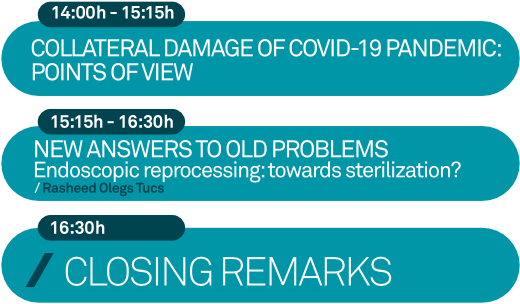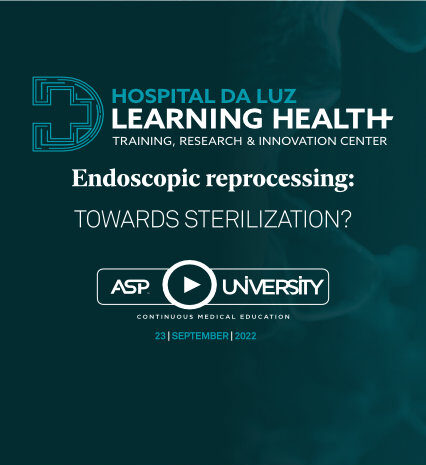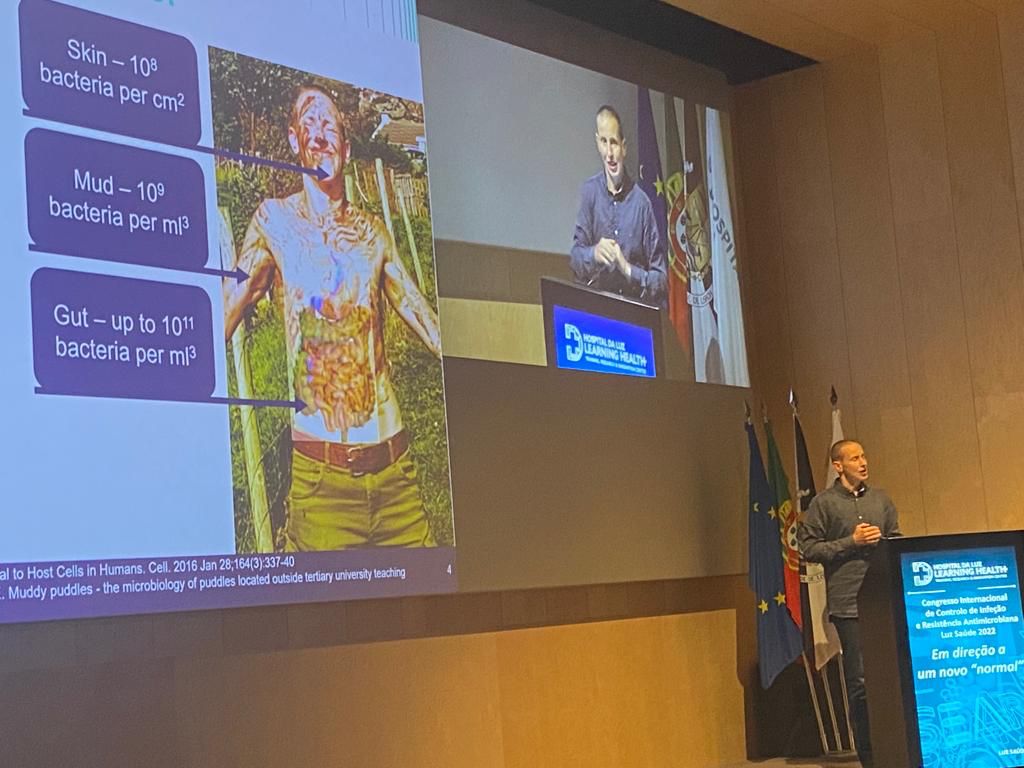23th SEPTEMBER 2022 AGENDA



SPEAKERS


Born in 1981 in Ludza, Latvia, USSR. Graduated University of Latvia as Master of Science in Biology in 2004. From 2001 to 2004 worked in cardiac drug discovery team in collaboration with Uppsala University, Sweden and Latvian Institute of Organic Synthesis.
From 2004 to 2008 worked as clinical embryologist in EGV Clinic, Riga, Latvia. From 2008 to 2012 was head of Embryology lab in Nairobi IVF Centre, Kenya.
From 2014 to 2019 managed CSSD in Sports Surgery Clinic, Dublin, Ireland. Got second degree – BSc in Decontamination Management from Institute of Technology Tallaght in 2017.
Currently teaching decontamination disciplines in TU Dublin to Irish healthcare workers and collaborating with the ASP as Application Specialist.
As per CDC definition1 Spaulding Classification is “a strategy for sterilization or disinfection of inanimate objects and surfaces based on the degree of risk involved in their use.” There are three groupings of medical devices:
lower risk non-critical medical devices which make contact with outer body surface, e.g. intact skin and require low to intermediate level disinfection for safe use;
semi-critical devices, which make contact with broken skin and inner body surface, e.g. mucous membranes lining body cavities, these devices must be at least high level disinfected and preferably sterilized after each use;
critical devices which make contact with blood, organs and sterile body tissues, these devices must be sterile for each use.
“Different procedures have varied levels of infection transmission risk.”
TAKE HOME MESSAGES
Here are the symposium’s assets
You can download the factsheet





